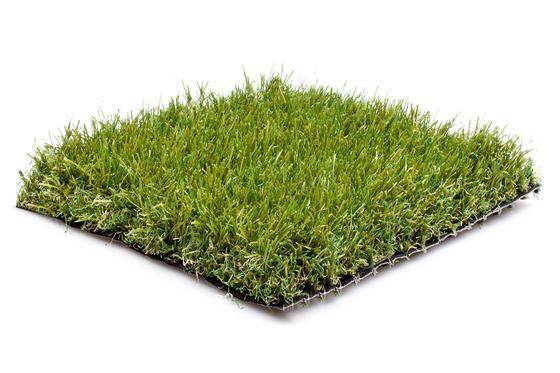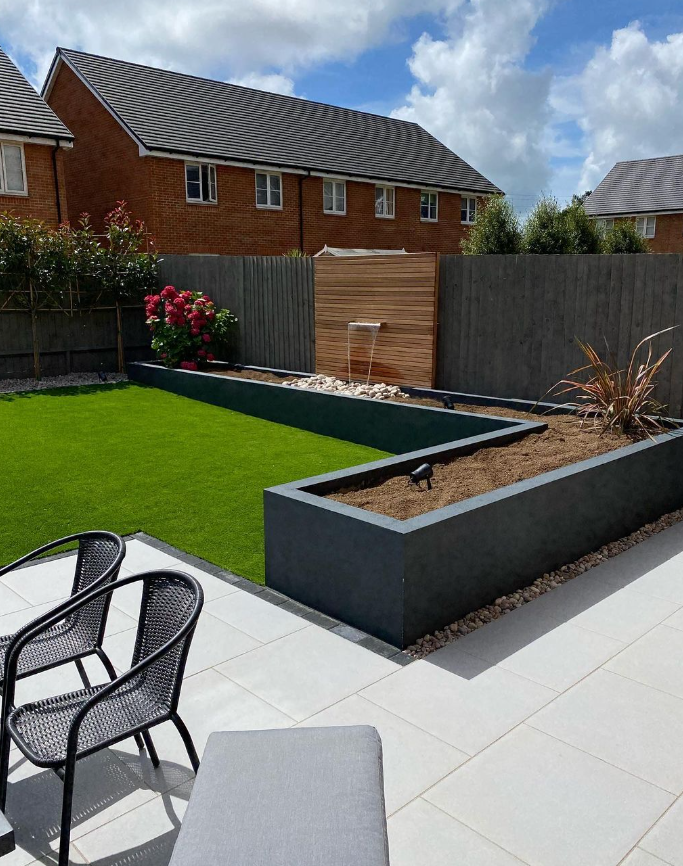
Brushing vs Hoovering: The Best Way to Maintain Artificial Grass
Ever stood in your garden with a brush in one hand and a vacuum in the other, wondering which one’s actually better for your turf? You’re not alone. That, in itself, is a pretty common dilemma for anyone trying to keep synthetic grass looking its best. Some swear by hoovering artificial grass for a fast surface clean. Others reckon brushing artificial grass helps it bounce back, literally and visually. So, if your goal is to maintain artificial lawn areas properly, knowing when and how to use each method is, frankly, more useful than most guides let on.
Understanding the Purpose of Brushing

So, brushing artificial grass isn't just about tidying the surface. It’s more or less how you keep the whole thing from going flat and tired. By brushing against the grain, you’re helping the fibres stay upright, which, in turn, makes the lawn look fuller and fresher. It also shifts any bits of leaves, twigs, or other debris that tend to settle in, especially after wet weather.
In that case, brushing plays a key role in artificial turf upkeep. It’s not only for appearance, either. Regular brushing helps preserve the structure and improves drainage. For a more efficient option, something like power brushes can make the job a lot quicker and easier.
How Hoovering Works on Artificial Grass
Hoovering artificial grass might seem like the easy way out, and in some cases, it actually is. Dry leaves, small stones, bits of litter — these tend to lift off quickly with a decent vacuum. It’s especially handy on balconies or tight patios where brushing feels awkward or slow.
That said, it’s not without risks. Strong suction can pull up infill, disturb the grass bed, or even stretch the turf if it’s not fixed down properly. So, although it’s tempting to use hoovering as your go-to synthetic turf cleaning trick, it’s best saved for light surface debris — and always used with care.
Pros of Brushing Your Lawn

Brushing artificial grass does more than just tidy the surface. It lifts the fibres, keeping them upright, which gives your lawn a more natural look, even after heavy use. This is especially useful if you’ve got pets or kids constantly running around.
It also helps prevent compaction, so water can pass through more freely. That means better drainage and fewer soggy patches. Over time, this kind of upkeep tends to extend the life of your turf. In short, if you’re aiming for a lawn that stays soft underfoot and looks the part, brushing is a big part of the picture.
Cons of Brushing Your Lawn
As helpful as brushing is, it’s not always the quickest job. In fact, it can be a bit of a slog, especially if you’ve got a bigger garden. Unlike hoovering artificial grass, which is often over and done with in minutes, brushing takes proper elbow grease. It’s the sort of task that needs repeating fairly often, too, especially if your lawn sees a lot of foot traffic.
For some, the effort involved puts them off entirely. Without consistent upkeep, though, synthetic turf can start to flatten out, and then it loses a lot of that freshly-laid look.
Pros of Hoovering Artificial Grass

Hoovering artificial grass feels, in a way, like cheating — but in a good way. It’s fast, fuss-free, and ideal for giving your lawn a surface-level tidy. If you’re working with a small outdoor space like a terrace or balcony, hoovering is often the best way to clean fake grass without hauling out extra gear.
It works well for lifting dry, loose debris — things like leaves, dust, or crumbs that settle on top. For landscapers on a tight schedule or DIYers with limited time, a vacuum can more or less cut your synthetic turf cleaning effort in half. Just make sure the suction isn’t too aggressive.
Cons of Hoovering Artificial Grass
Now, as quick as hoovering might be, it doesn’t always give your turf the care it needs. The problem is that most standard vacuums aren’t made for outdoor use — let alone synthetic turf cleaning. If the suction’s too strong, it can lift the infill, dislodge seams, or even tug at the backing.
On top of that, hoovering usually just skims the surface. It won’t do much for compacted fibres or deeper mess. So, while it’s useful for light touch-ups, relying on it alone won’t help maintain artificial lawn areas in the long run.
When to Use Each Method
Figuring out the best way to clean fake grass depends a lot on what you’re dealing with at the time. After a heavy rain or if the turf looks a bit squashed, brushing is usually your best bet. It lifts the fibres and helps shift any compacted grime or soil.
On dry, breezy days when leaves or dust gather on the surface, hoovering artificial grass can be quicker and less effort. For many, the sweet spot is a mix of both: hoover to lift the surface debris, then brush to reset the fibres and keep everything looking fresh.
Tools and Equipment for Best Results
Getting the most from your artificial turf upkeep really comes down to having the right tools. For brushing artificial grass, a stiff broom or a turf comb does the job for smaller areas. But if you’re working on larger lawns or want to save time, power brooms — like those from Tuda Grass — are made for this very reason.
Hoovering? You’ll want a vacuum with adjustable suction and outdoor capability. Some vacuums come with settings better suited for delicate surfaces. And for those trickier spots, specialist artificial lawn care tools can include leaf blowers, hand rakes, and even brushing attachments for drills.
At the end of the day, the best way to maintain artificial lawn areas often isn’t about picking just one method. Brushing keeps it upright and healthy, hoovering clears the surface, and using both now and then? That’s how you keep it looking spot on.


